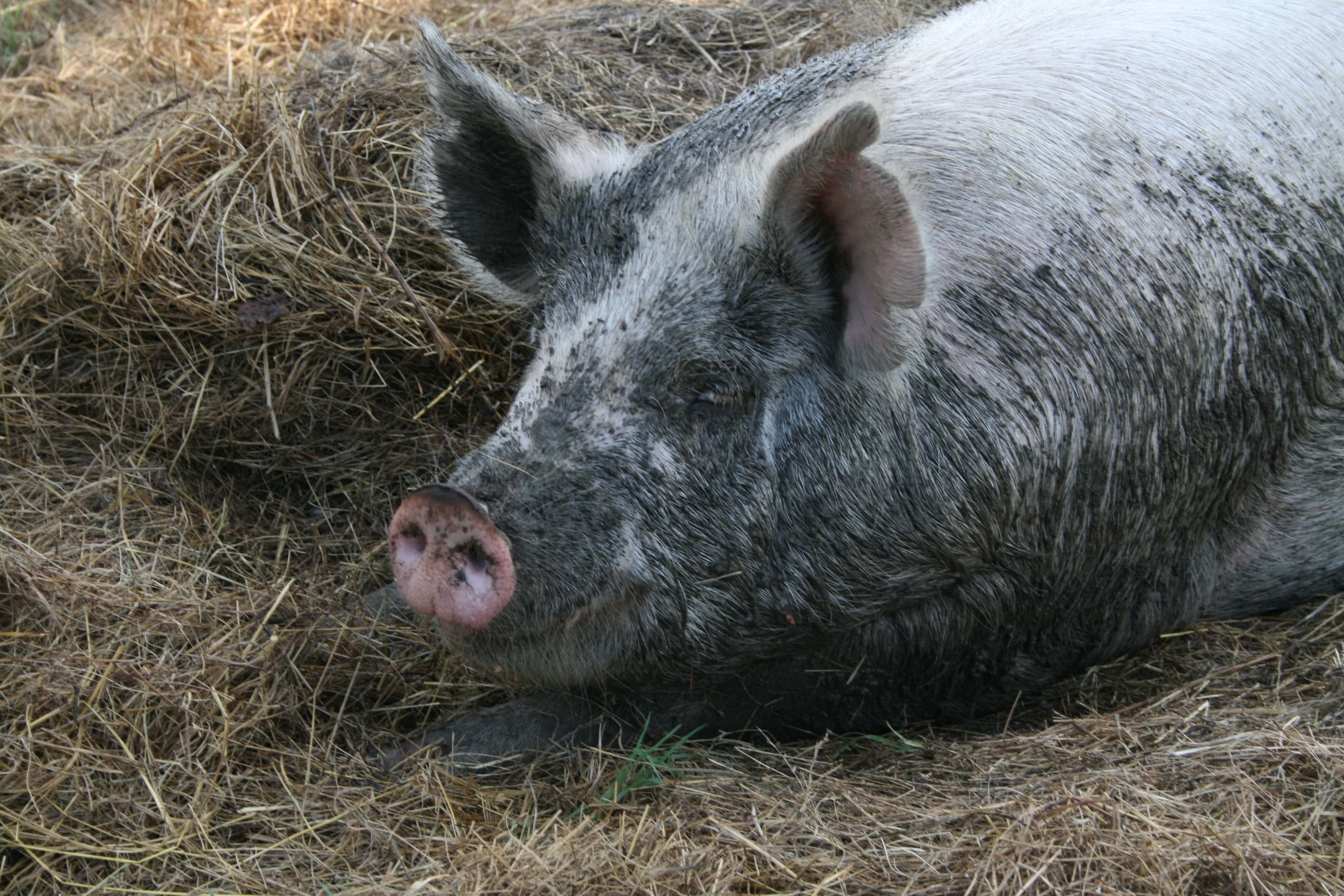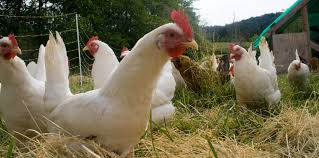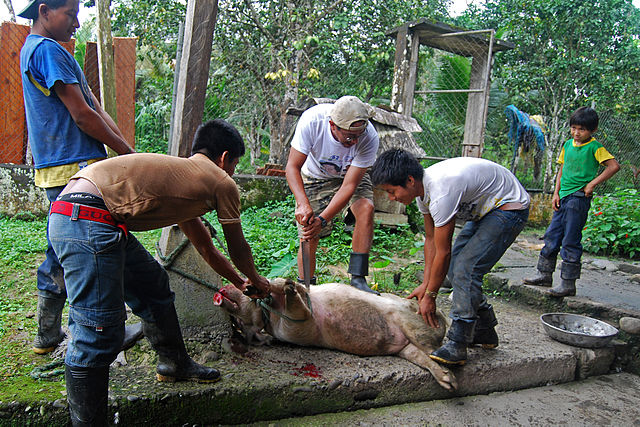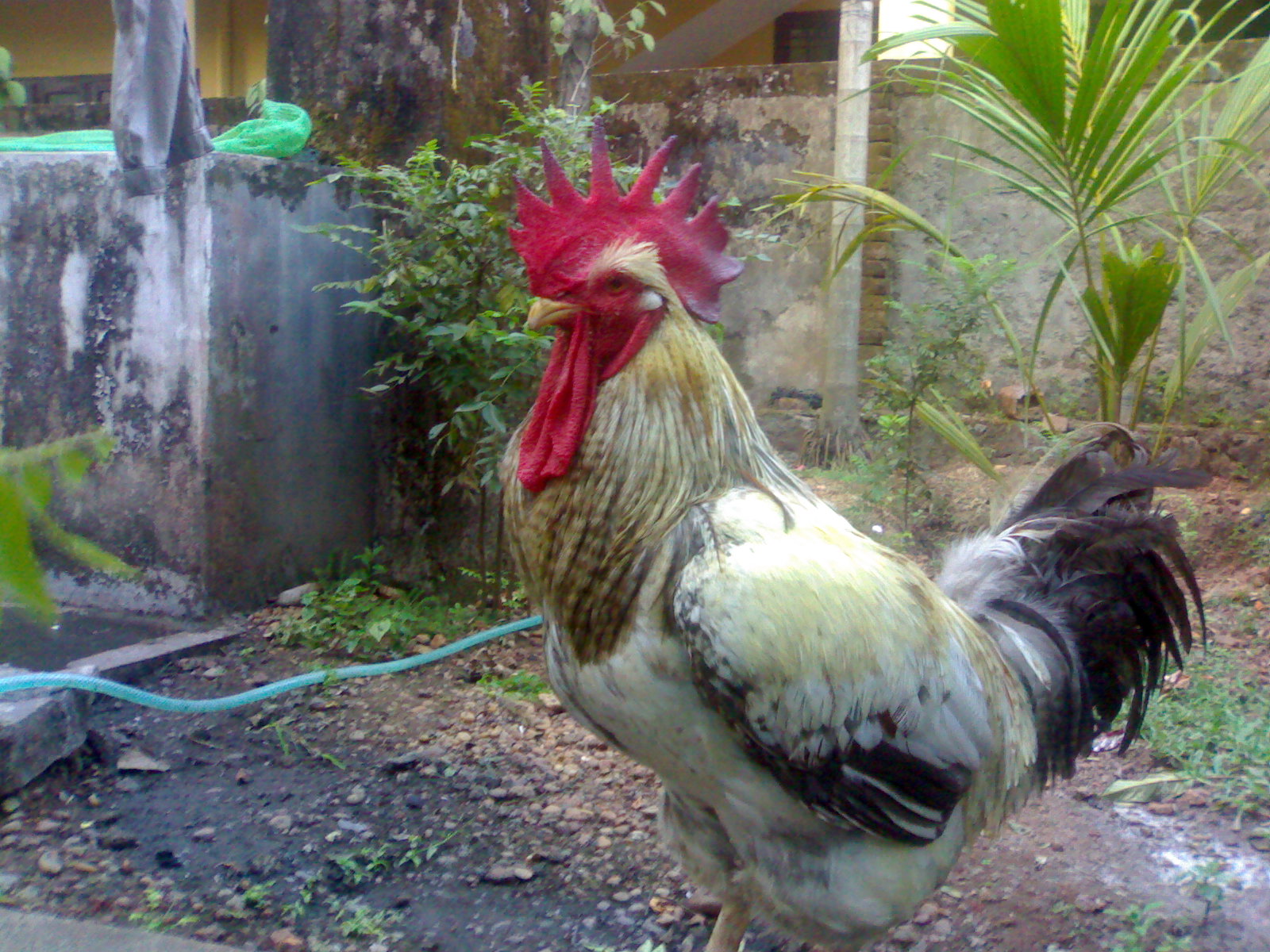3 Ways to Get Rid of Moles Without Killing Them
Moles can be a destructive force in your garden. They burrow through the root zone of plants, and eat earthworms you depend on for healthy soil. But they are cute little things too, so if you can keep them out of your garden without having to kill them, it’s worth a shot. Here are … Read more








